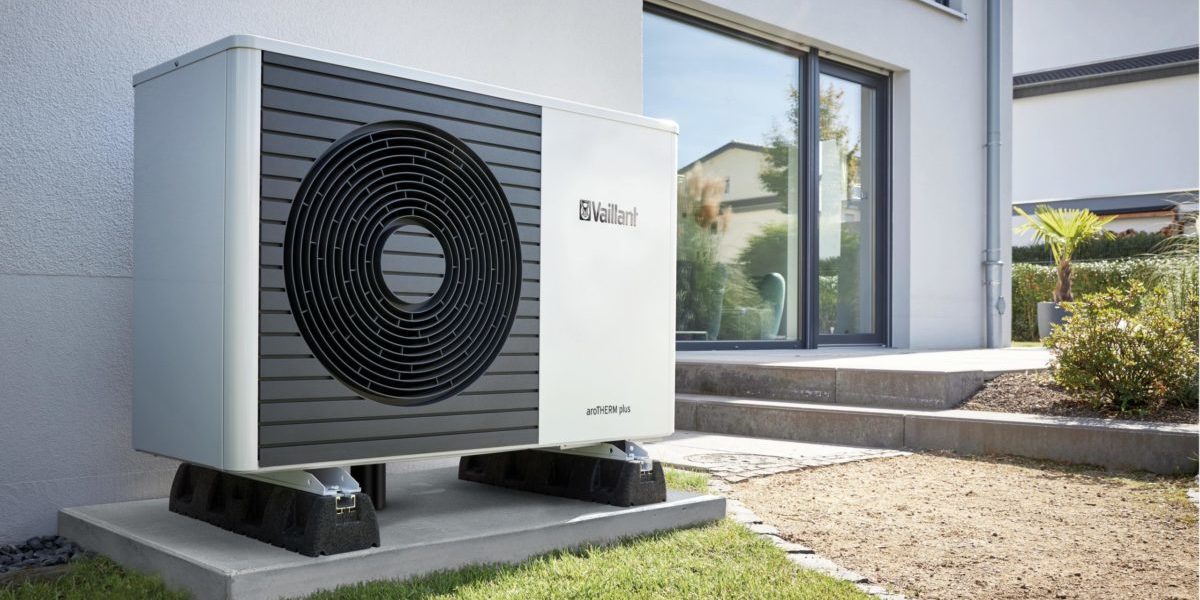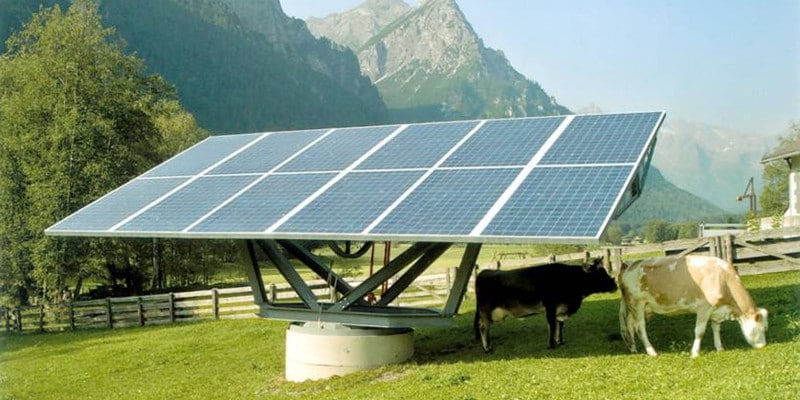https://pv-magazine-usa.com/2022/10/04/50-states-of-solar-incentives-south-carolina/
50 states of solar incentives: South Carolina

Image: Pine Gate Renewables
South Carolina’s solar industry was essentially born six years ago in 2016, when a boom in both residential and utility-scale solar occurred in the state. Before this, there was an infinitesimal cumulative capacity of solar. In 2020, the state experienced peak deployment, with nearly 600 MW of capacity installed, the vast majority of which was utility-scale.
South Carolina ranks among the top three sunniest states east of the Mississippi River along with Florida and Georgia. However, it lags cloudier states like New York and Massachusetts in terms of solar deployment. Thus far, just over 2 GW of solar has been installed in the state.
In total, the Solar Energy Industries Association (SEIA) reports that $2.6 billion has been invested in solar in South Carolina to date. There are 73 solar companies, including 18 manufacturers in the state. SEIA projects an additional 1.4 GW will be installed over the next five years, which would mark a deceleration in deployment compared to the previous five. This projection may not include the increased buildout that is expected following the passage of the Inflation Reduction Act of 2022, which includes a record $370 billion in climate and energy spending.
Incentives
Perhaps the most significant incentive in the state is the personal tax credit, which covers 25% of system equipment costs. The incentive credits a maximum of $3,500, or 50% of taxpayer’s tax liability for that taxable year, whichever is less. If the amount of the credit exceeds $3,500 for each facility, the taxpayer may carry forward the excess for up to ten years.
The South Carolina state government maintains a database of active incentives and net metering structures for the various utilities across the state. Incentives and rates vary widely, so those interested in residential and commercial solar can find more information about opportunities with their utility provider here. For example, Santee Cooper customers are eligible for a rebate of $1.05/W of solar energy that they install on their roofs, up to $6,300.

The state also offers net metering, which involves crediting a customer on their bill for excess solar production they send to the grid. Net metering rates vary widely by utility and customer rate type, so it is important to understand how much value the solar system will receive for its production. Here is an example of utility SCE&G’s rate structure:
|
Rate 2: low use residential service |
Consumption has not exceeded 400 kWh for each of the previous 12 billings months |
Basic facilities charge: $10 Rate: $0.10712/kWh |
|
Rate 5: time-of-use residential service |
Price of electricity depends on time of day |
Basic facilities charge: $14 Off-peak charge: $0.10537/kWh On-Peak: Summer: $0.31611/kWh Winter:$0.28450/kWh |
| Rate 6: energy saver |
Home must meet thermal requirements |
Basic facilities charge: $10 First 800 kWh: $0.13231/kWh Excess over 800 kWh: Summer: $0.14551/kWh Winter: $0.12699/kWh |
| Rate 8: residential service |
Standard charge for residencies |
Basic facilities charge: $10 First 800 kWh: $0.13701/kWh Excess over 800 kWh: Summer: $0.15071/kWh Winter: $0.13153/kWh |
Using the Solar Calculator from SolarReviews is another method for getting a customized estimate of your solar savings potential based on zip code, utility provider, and average utility bill.
Residents and business owners in South Carolina will also be eligible for any qualifying federal incentives, including the Investment Tax Credit (ITC). The ITC was recently extended at 30% of the eligible equipment costs of a solar array for the next ten years. Unlike the state tax credit, you may be eligible for a direct payment of the incentive, rather than rolling over year-to-year based on your tax appetite.
A solar victory
A landmark case for the solar industry was spearheaded by SEIA in 2019, when the state passed the Energy Freedom Act. The act led to numerous solar victories and opened the gate for the record year of deployment in 2020. Provisions included:
- Eliminated the net metering cap for residential solar.
- Ensured fair and transparent rates for both residential and large-scale solar.
- Reformed the process behind utility resource planning.
- Ensured fair and timely contracts for large-scale solar providers.
“After a unanimous vote in the South Carolina House, we are glad to see that the Senate also approved this critical legislation, which will lower electricity bills and create jobs across The Palmetto State. That the bill passed with strong bipartisan support is a testament to the hard work of our many partners and allies in the state, and clean energy champions in the Legislature,” said SEIA president Abigail Ross Hopper.
Landmark project
Earlier this year, Pine Gate Renewables announced the financing of Beulah Solar, its 20th project in the state, which will bring 101 MW of capacity to Batesburg-Leesville, South Carolina. Located in Saluda and Lexington Counties, Beulah Solar is expected to provide enough electricity to power approximately 23,000 homes in the area each year, through a 10-year power purchase agreement with Dominion Energy South Carolina.

Image: SEIA
Pine Gate said the project will provide $166,000 in tax revenue each year for the counties over the lifespan of the project’s anticipated 40 years of operation ($6.6 million total).
Pine Gate currently has 19 operational projects in South Carolina, with 16 more under construction or in development. Blue Ridge Power is facilitating the engineering, procurement and construction of Beulah Solar, which is expected to become operational in the spring. John Hancock provided the preferred equity, Churchill Stateside Group provided the tax equity and Live Oak Bank provided the permanent loan for Beulah Solar.
Up next
The last stop on the pv magazine tour of solar incentives brought us to North Carolina. Next, we will travel south to Georgia, a top 10 solar state, and home to Sen. Jon Ossoff, who drafted the influential Solar Energy Manufacturing for America (SEMA) bill.
Read more pv magazine USA coverage on South Carolina here.
This content is protected by copyright and may not be reused. If you want to cooperate with us and would like to reuse some of our content, please contact: editors@pv-magazine.com.




